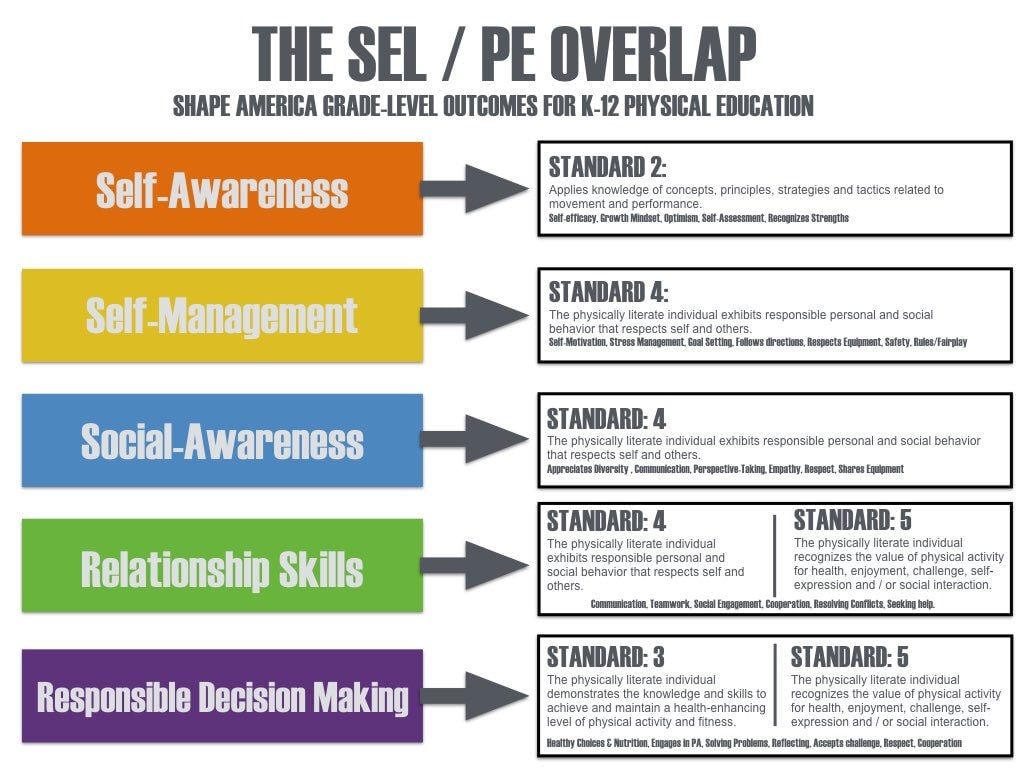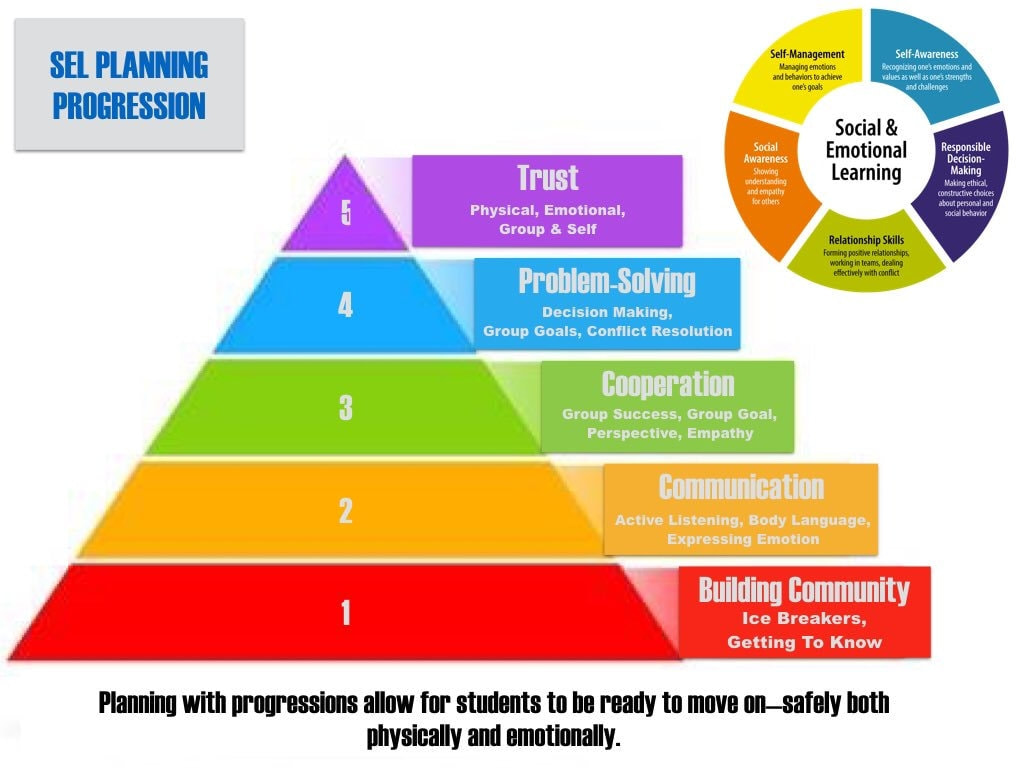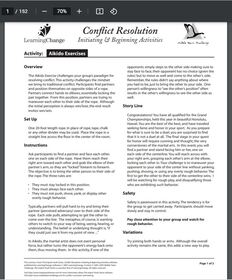Social and Emotional Learning (SEL)
Social and emotional learning has always been part of a quality physical education program. In recent years focus in this area has intensified, both in general education and in physical education. Use the resources below to incorporate SEL strategies into your curriculum.
SHAPE AMERICA APPROPRIATE PRACTICES
- 1.1.3 Programs are designed to guide students to take responsibility for their own behavior and learning. Emphasis is on intrinsic, rather than extrinsic, incentives.
- 1.1.5 Bullying, taunting and inappropriate student remarks and behaviors are dealt with immediately and firmly.
- 1.4.1 Teachers create an environment that is inclusive and supportive of all children, regardless of race, ethnic origin, gender, sexual orientation, religion or physical ability. Such differences are acknowledged, appreciated and respected.
- 3.1.2 The physical educator includes motor skill development, physiological and biomechanical concepts, health-enhancing physical activities that lead to a physically active lifestyle, and opportunities to develop appropriate social behaviors.
- 3.5.1 Teachers intentionally design activities that allow students to work together in developing social skills (cooperative and competitive) and learning responsible behavior. Situations are designed purposefully for teaching these skills; they’re not left for “teachable moments” only.


